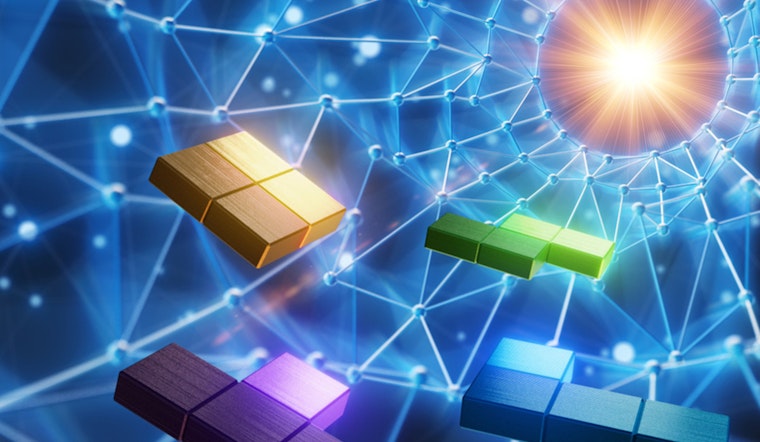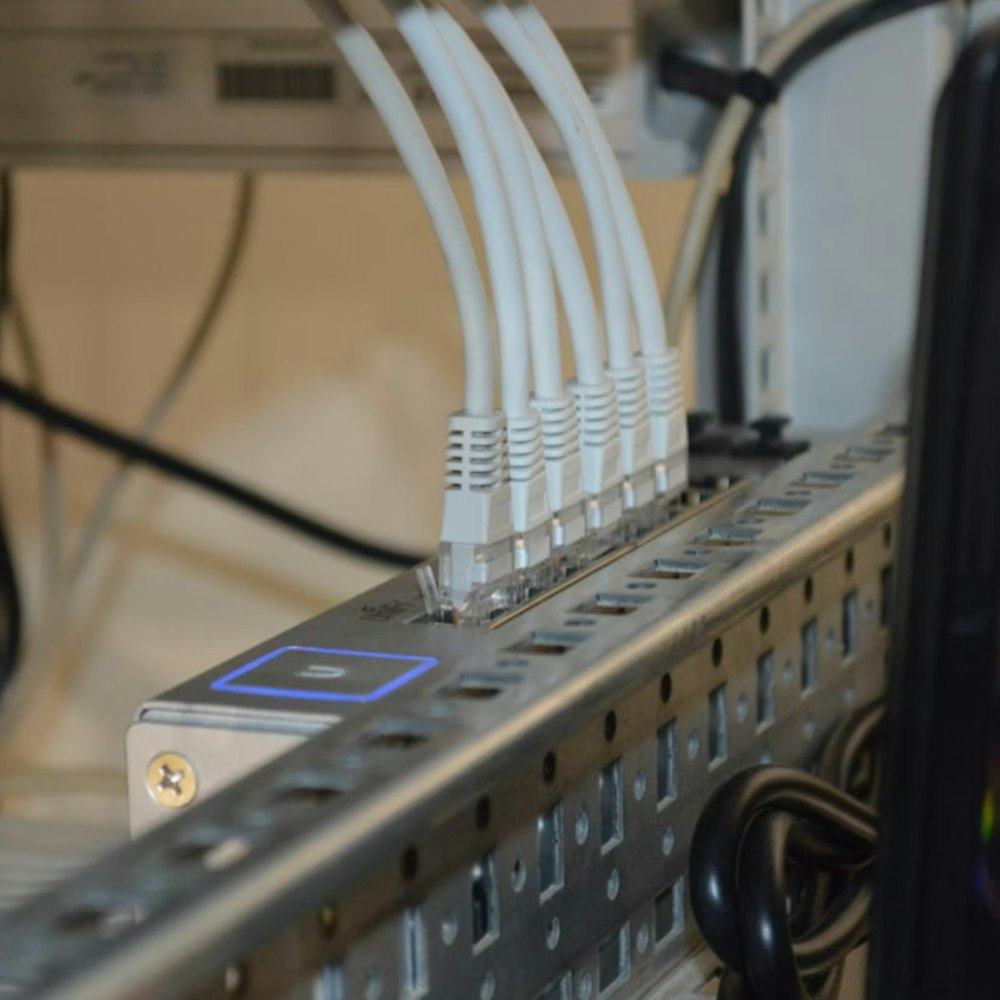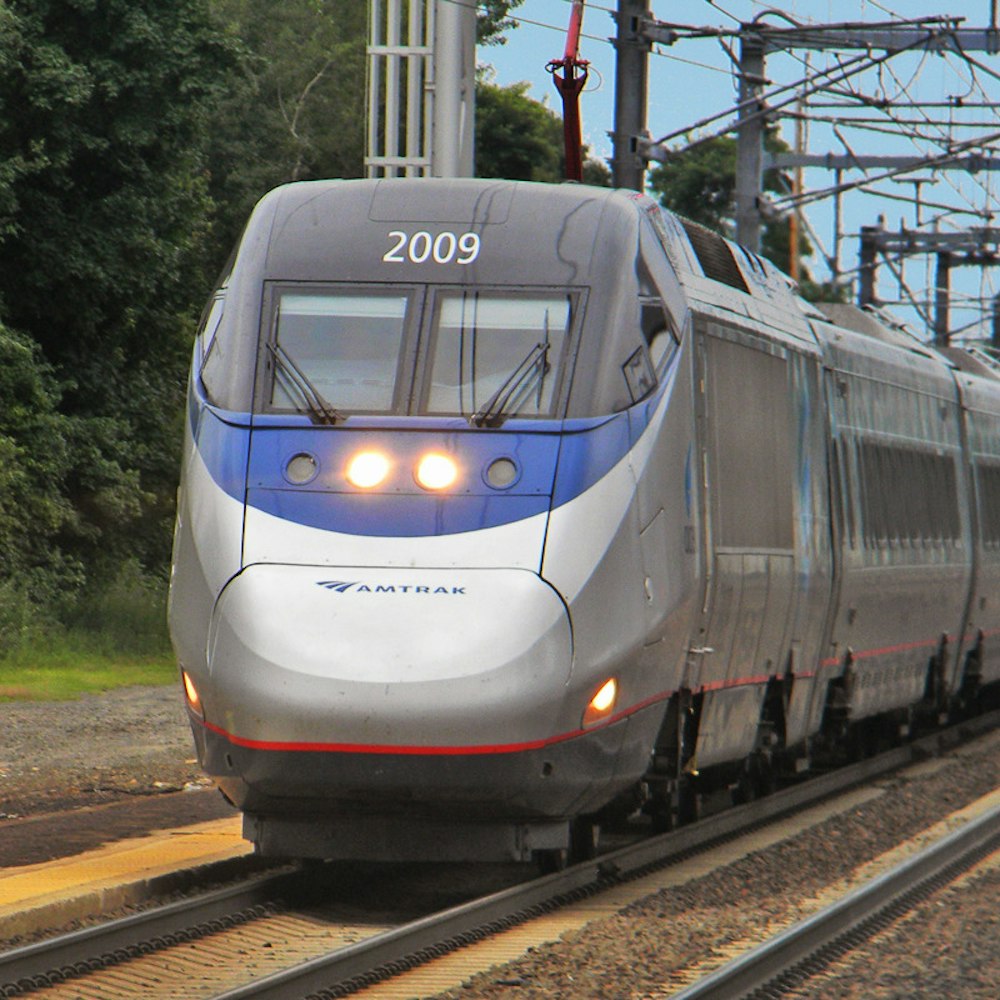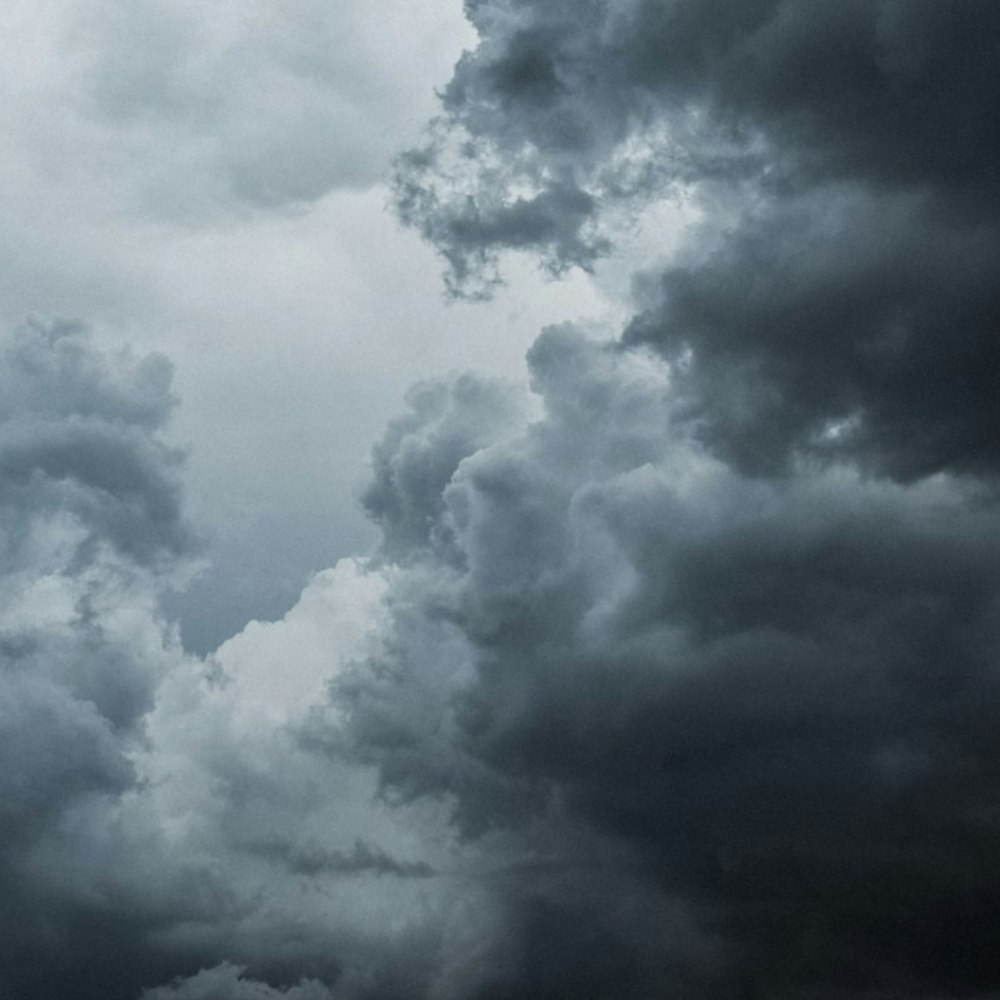
In what looks like a game-changing approach for radiation detection, MIT researchers have drawn inspiration from the video game "Tetris" to swiftly create a detector that can pinpoint the location and direction of a radiation source utilizing minimal sensor pixels. This innovative device stands out as a cost-effective alternative to the more complex and expensive detectors currently in use. The development is aimed to tackle some of the pressing issues those like in the Fukushima Daiichi disaster and the Zaporizhzhia nuclear complex in Ukraine brought to light, according to MIT News.
The MIT team, in collaboration with Lawrence Berkeley National Laboratory (LBNL), has determined that an array composed of a mere four pixels, patterned after the "Tetris" game's tetromino shapes, could close to match the performance of larger, conventional detectors. Key to the new technology is an algorithm that be able to efficiently reconstruct radiation directionality based on signal timings and intensities, thus circumventing the need for users to risk proximity to radiation sources. The group's findings, as described in Nature Communications, indicate that the most accurate results were delivered by an S-shaped pixel array, accurate to within about 1 degree.
The traditional way to detect radiation involves using semiconductor materials that react to high-energy radiation but fail to indicate the origin of these signals. Existing systems typically need an elaborate setup with at least a 10 by 10 pixel grid array coupled with a mask to discern the direction of radiation. The MIT-LBNL team's breakthrough sharply reduces this requirement, proposing a more simplified and safer way to detect radiation.
"The smaller and simpler the detector is, the better it is in terms of applications," said Mingda Li, one of the MIT researchers. The stripped-down sensor not only cuts down on engineering costs significantly but boasts a versatility that allows it to detect various radiation types, including gamma rays and neutrons. Its potential reaches beyond single-source identification; this novel "Tetris"-inspired design can adeptly handle scenarios with multiple or distributed radiation sources.
A field test at Berkeley Lab employing a real cesium radiation source demonstrated high accuracy with the technology, where a test device found the direction and distance to the source with impressive precision. "Radiation mapping is of utmost importance to the nuclear industry, as it can help rapidly locate sources of radiation and keep everyone safe," stated Benoit Forget, a co-author and professor of nuclear engineering at MIT, in a testament to the device's capabilities. Further reinforcing the significance of this advancement, Defense Systems scientist Nick Mann of the Idaho National Laboratory underscored, "This work is critical to the U.S. response community and the ever-increasing threat of a radiological incident or accident," as reported by MIT News.
The work was supported by the U.S. Department of Energy, with tangential contributions from Ryan Pavlovsky, Victor Negut, Brian Quiter, and Joshua Cates at Lawrence Berkely National Laboratory, and Jiankai Yu, Tongtong Liu, Stephanie Jegelka of MIT, who all are pushing the boundaries of safety measures in radiation detection and monitoring. Innovations like MIT's latest radiation detector could potentially redefine industries' approach toward nuclear safety, mapping, and crisis response.









